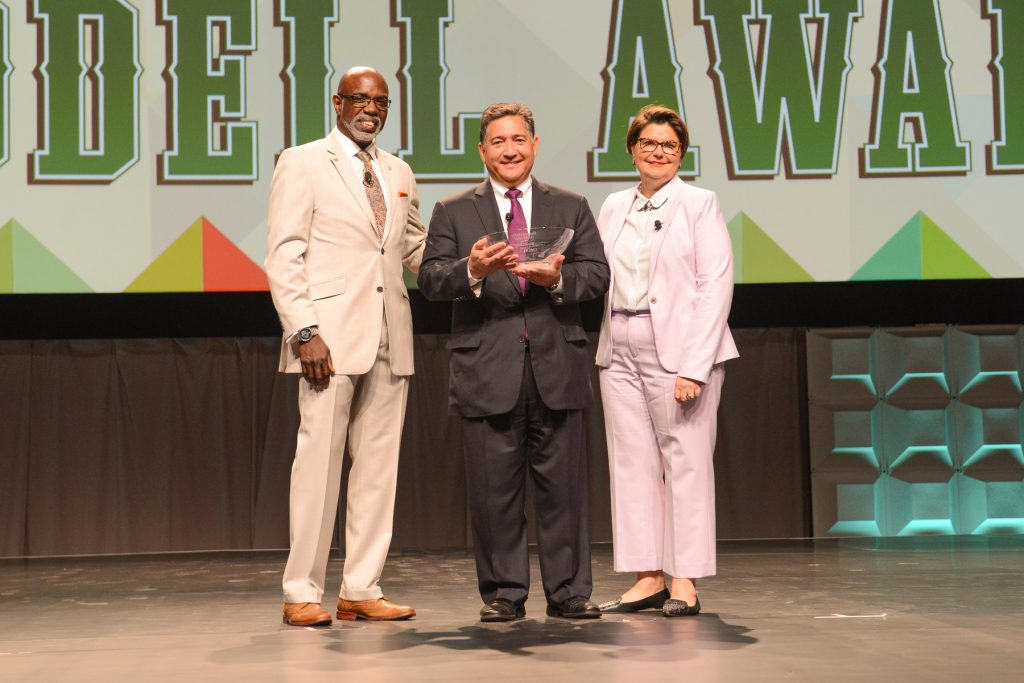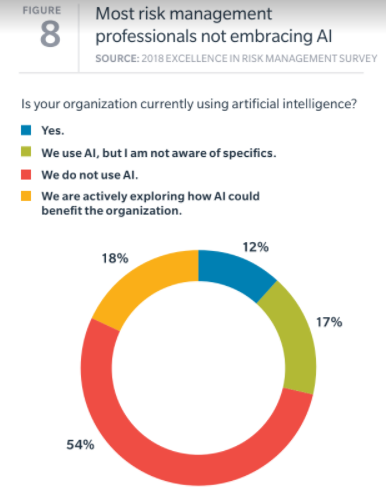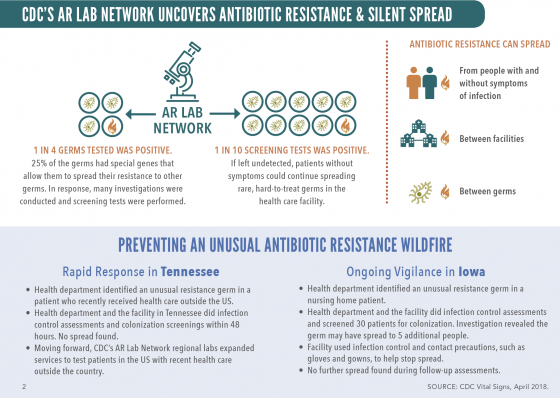Rebecca Cady, vice president and chief risk officer of Children’s National Medical Center (CNMC) in Washington, D.C. was named the RIMS 2018 Risk Manager of the Year today. CNMC is the largest freestanding pediatric academic medical center and health system in the greater D.C. area., with annual revenues of nearly $1.2 billion.

She was praised by her peers for her success in elevating CNMC’s culture of safety, addressing risk on an enterprise basis and lowering the system’s total cost of risk. Under her leadership, programs continually seek to benefit the system’s 6,000-plus employees, and ultimately, the services they provide to children and their families. Cady spoke with Risk Management Monitor about her journey to the profession and the combination of challenges she faces as a health care risk manager.
Risk Management Monitor: Your professional career began as a labor and delivery nurse. How did you make your way into risk management?
Rebecca Cady: I was a staff nurse at a small, rural hospital in Kingsville, Texas. During a shift, several co-workers were gathered at the nurse’s station, discussing a lawsuit that many senior nurses were anxious about having to take part in.
They didn’t understand what was going on. I remember thinking: ‘What if lawyers knew what it was like to be a health care provider or practice medicine and nursing?’ It would help them do a better job of guiding the nurses and doctors through the legal process. I thought, ‘I could go to law school.’ And I did. It turned out to be a great idea because it has made for a fulfilling and interesting career.
RMM: After becoming a lawyer—and eventually partner—at a law firm, what drew you to CNMC?
RC: I saw this as an opportunity to get in the practice of avoiding litigation in the first place. I was attracted to the idea of working more closely with providers and in a hospital environment where I felt I could have a greater impact on the organization and manage its risk.
RMM: What is one of CNMC’s top challenges?
RC: Recruitment is up there. Pediatric neurosurgeons are not working at Starbucks while they’re looking for a job.
In some of the specialties, there are very few qualified people. Being able to recruit and hire the best and the brightest, which we think our kids deserve, is hard because we’re competing with pediatric hospitals that are part of other systems.
RMM: In 2014, you updated the reporting systems to include reporting from mobile phones. What inspired that change?
RC: Being able to report an incident and have it instantly make its way up the chains of command was more of a way to cut past the tediousness of logging a report on paper, or even on a computer. I’m not a techie but I recognize that technology has the ability to make us more efficient and effective. We really do believe that more reports are better, because knowing about the low-level events that don’t reach patients or cause immediate problems can still be useful. You can then identify latent issues that need correcting and prevent something serious. Plus, it was embraced by our employees.
RMM: You are widely regarded by peers and co-workers as a relationship-builder and a strong communicator. What is your management style?
RC: My office is in the hospital and I make it a point to be visible. I go to meetings wherever possible and am present wherever possible, I administer our calls and speak at staff meetings as well and to the new residents and nurses as they come on board. The whole risk team is also out and about among the organization constantly, because having relationships builds trust and makes your job easier.
We’re not the department of ‘No.’ We’re the department of ‘Yes, If…’ Helping folks solve their problems – even if they seem small to you – is huge for them. And once they stop seeing you as the policeman, they see you as a business partner.
Then they’ll start to call you earlier in the game when they are strategizing. That applies no matter what industry you’re in.


 exploring the use of IoT systems; 47% are using or exploring the use of AI; and 24% are using or exploring the use of blockchain.
exploring the use of IoT systems; 47% are using or exploring the use of AI; and 24% are using or exploring the use of blockchain.